Brown and Blue Wires: Which Is Positive?
Untangle the difference between brown and blue wires


Bare copper (brown) wires are known as the live wires, as they send electricity to the appliance.
Blue wires can be neutral or live wires, but they are mostly used in switches.
In the U.S., standard electrical wire colors can vary.
Residential wiring doesn’t use brown sheathed wires.
If you’re tackling an electrical wiring project, understanding the wire color code is essential to completing the project safely. But if you see a brown and blue wire, which is positive?
Standard U.S. wire colors are typically black, red, gray, white, green, and bare copper. Before beginning any electrical project, make sure to shut off the power supply and ensure you have the appropriate knowledge and skills needed to complete the project safely. It’s best to hire an electrician near you to complete electrical projects. Let’s take a look at the difference between brown and blue wires.
Brown vs. Blue Wires: What’s the Difference?
In residential wiring, the bare copper wire is the closest to brown that the U.S. uses and acts as the ground wire, which channels excess electricity into the earth to protect your home. On the other hand, blue wires are considered “sometimes hot,” meaning they are sometimes used as neutral wires, but they can transfer electricity in some scenarios. The blue wire is positive in wiring that includes three- or four-way switches, ceiling fans, and three-phase power systems.
Standard U.S. Wire Color Code
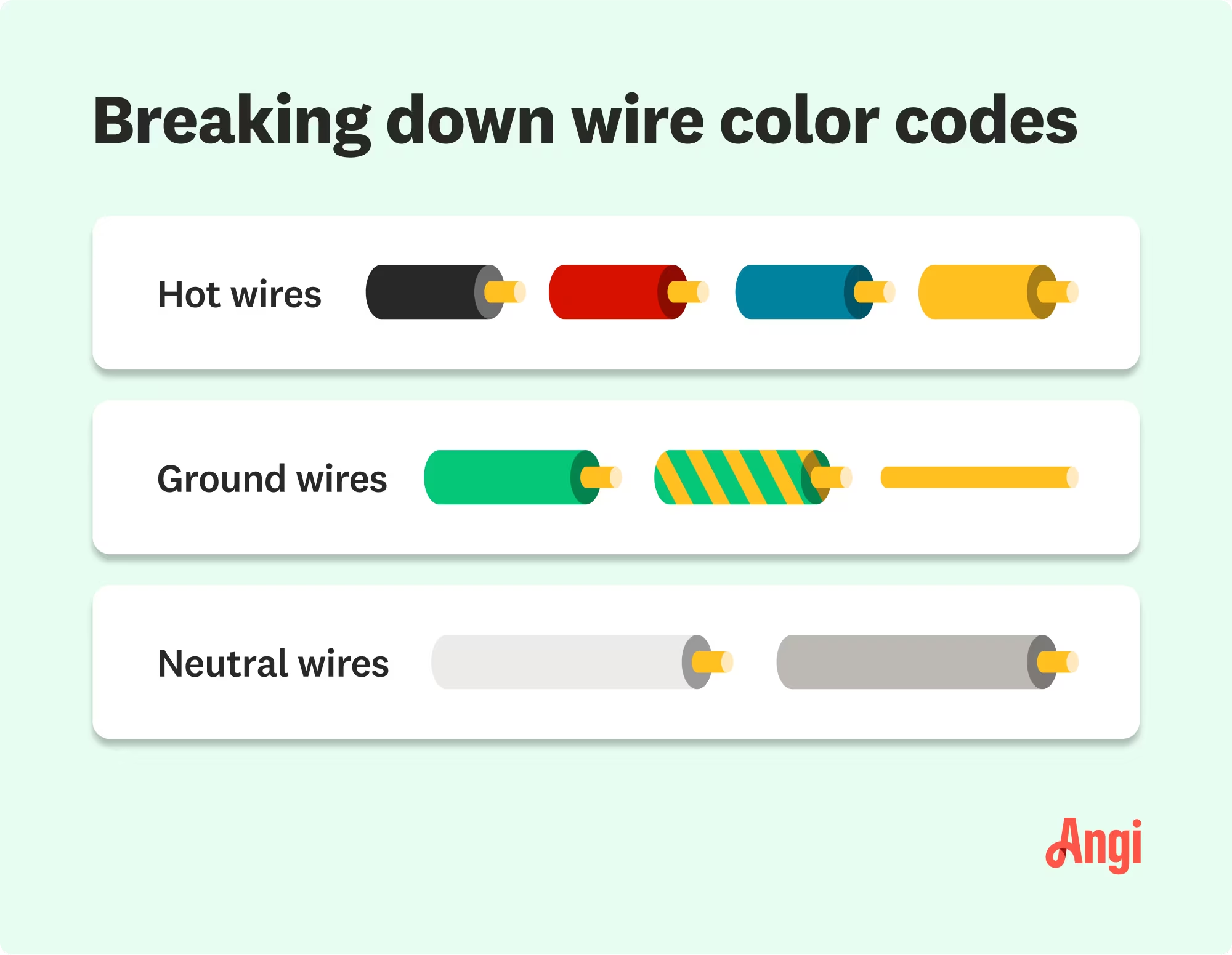
In the U.S., the National Electrical Code (NEC) states that neutral wires must be gray or white and ground wires must be bare copper or green. The positive, or hot, wire color can vary based on industry-accepted standards. The standard wire colors are coded as follows:
Positive (hot) wires: Black, red, blue, yellow
Neutral: White or gray
Negative (ground) wires: Bare copper, green, green with a yellow stripe
It’s important to note that the U.K. uses the International Electrical Code (IEC) to color code its wires. In the IEC, the brown wire is positive and the blue wire is neutral.
Where Are Brown Wires Used?

The U.S. doesn’t use brown sheathing for wires in residential applications, so if you see a brown wire in your electrical wiring, it is likely the bare copper wire used as a ground wire. Ground wires can also be green or green with a yellow stripe. A ground wire is attached to the appropriate terminal on the switch and then runs to the ground.
This type of wire provides a place for electricity to disperse if there is too much electricity in the system, often due to a power surge, or if the typical pathway through the positive and neutral wires is damaged. A ground wire isn’t necessarily needed in order for a device to operate, but it adds important protections for the safety of the system.
Where Are Blue Wires Used?
Blue wires can be neutral or live, depending on the use-case scenario. Here are the places you can expect to see blue wiring.
Three-Way Switches
Three-way switches control an outlet or fixture from two different locations. They’re typically found at either end of a hallway, at the top and bottom of a staircase, and in large rooms with two separate entrances.
A standard single-pole outlet only has two terminals, but a three-way switch has a third terminal. This third terminal connects to a traveler wire that runs between the two switches to connect. Three-way switches can use a blue wire as the traveler wire that links the two switches together.
Four-Way Switches
A four-way switch is used in conjunction with a three-way switch to add another outlet or fixture control in another area of the home. They are commonly used in large rooms with more than two entrances or in a garage entryway space where the light may need to be turned on or off from inside the home, inside the entryway, and inside the garage. Four-way switches cost more than a standard single-pole switch at $10 to $20 each, but they add convenience and safety.
Ceiling Fans
Ceiling fans are another fixture that uses positive blue wires. If the ceiling fan also includes a light fixture, there will likely be a blue wire from the ceiling fan that will connect with either the black or red wire from the electrical box and will control the light. This additional feature can make ceiling fan installation a little more complicated, but it’s usually worth the extra set-up effort.
Three-Phase Power
Three-phase power commonly used in commercial and industrial wiring has three positive wires —black, red, and blue—and delivers a larger electrical load to run larger motors and more equipment. Brown sheathed wire, as opposed to bare copper, is also used as a positive wire in three-phase power for industrial equipment.
Frequently Asked Questions
It’s possible to distinguish a positive black wire from a negative black wire if you know what type of circuit the wires are in. If it’s an alternating current (AC), then black wires are positive. If it’s a direct current (DC), then black wires are negative.
Sometimes, a circuit has two black wires. In that case, the positive black wire will be solid black while the negative black wire will have a white stripe on it. If you’re still unsure, you can use a multimeter to check.
Yes, blue wires can be hot wires in the U.S. However, they are less common in residential properties than red and black hot wires. Blue wires are typically used as traveler wires in three-way and four-way switches, as well as ceiling fans. They allow fixtures to be controlled by multiple switches, like when there are switches at the top and bottom of a staircase for the same light.
No. Blue wires and black wires are different. Even though both are used as hot wires, they serve different functions. Black wires are far more common in residential properties. They are always hot, can be positive or negative, and usually carry electricity from a power source to an outlet. Blue wires have a specialized usage in residential properties, generally as traveler wires, and are more common in commercial properties.
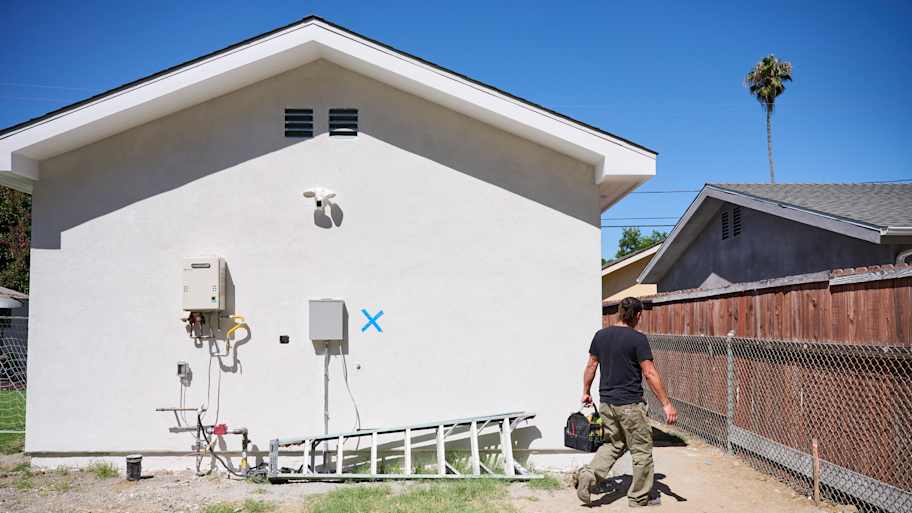
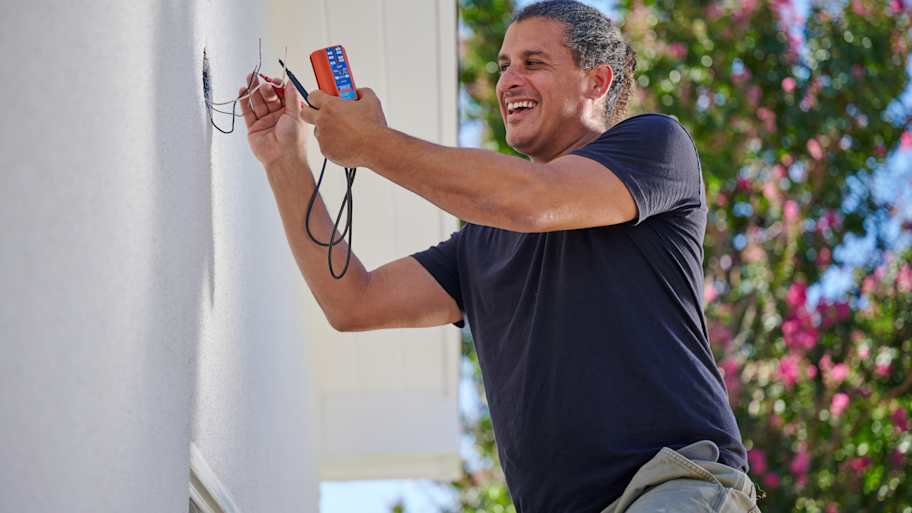
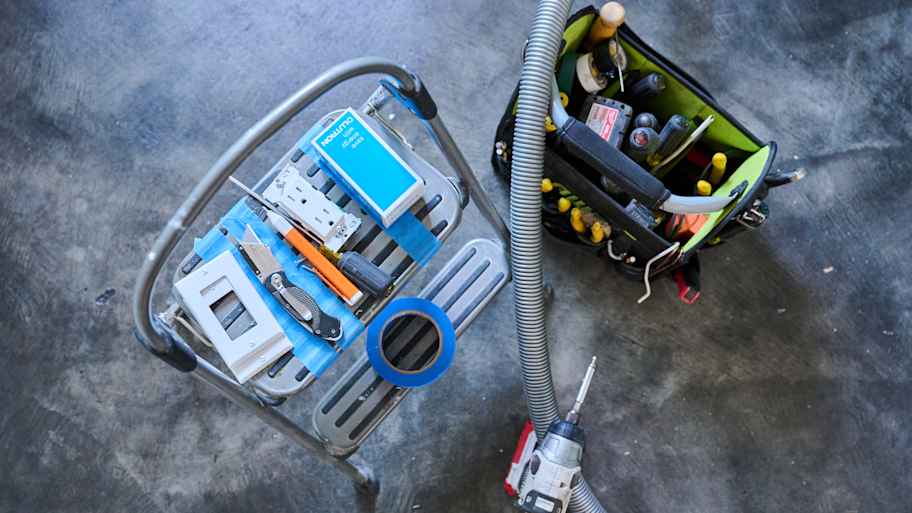
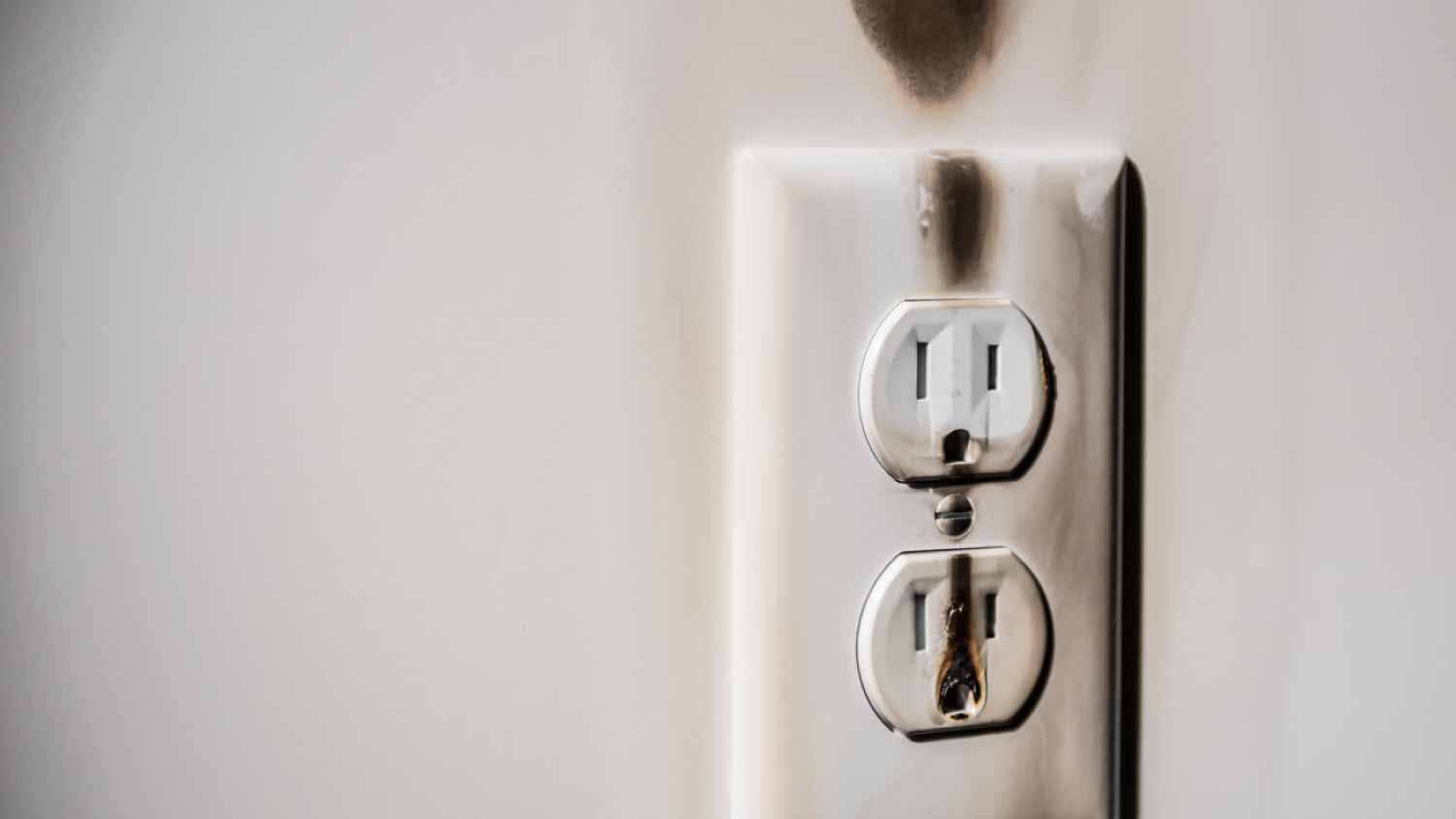

- Home Generator Repair
- Lamp Repair
- Electric Repair
- Generator Installation
- TV Antenna Services
- Emergency Electricians
- Commercial Electricians
- Attic Fan Installation
- Attic Fan Repair
- Exhaust Fan Installation
- Electric Inspectors
- Subcontractors
- Electrical Construction
- EV Charger Installer
- Chandelier Installation
- Doorbell Installation
- Bathroom Fan Installation
- Ring Installers
- Electrical Panel Upgrade
- Wire Color Code: Decoding Electrical Wire Colors
- Is the Black Wire Positive or Negative? How to Tell Electrical Wires Apart
- How to Distinguish Electrical Wire Types: Your Go-To Chart
- What Does the Neutral Wire Do?
- What Is the C-Wire on a Thermostat? Everything You Should Know Before Installation or Repairs
- Understanding Wire Gauges: What Gauge Wire Should You Use for Outlets?
- How to Strip Wire: A DIY Guide
- Line vs. Load Wire: What’s the Difference?
- How to Wire an Outlet From Another Outlet in 9 Steps
- How to Install a Smart Light Switch

 - Derek Rose.png?impolicy=thumbnail)








